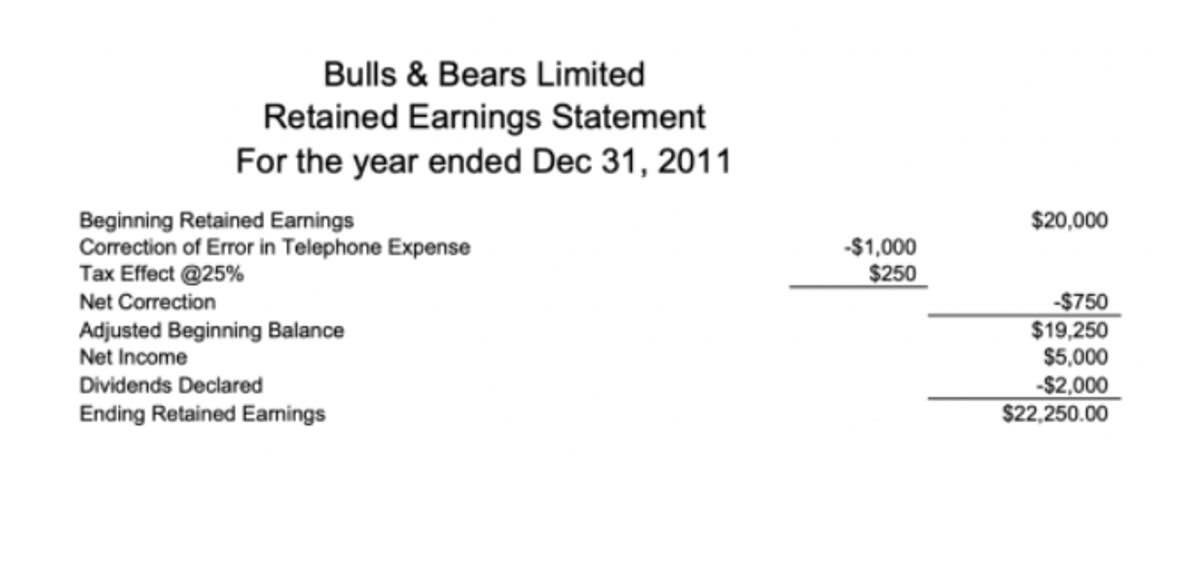
If you’re ready to try out a dedicated inventory system, Zoho Inventory is free to start. If you’re a business that has a low volume of sales looking for the most amount of detail, specific inventory tracing has the insight you’ll need. But it requires tracking every cost that goes into each individual piece of inventory. There are three other valuation methods that small businesses typically use. First, we add the number of inventory units purchased in the left column along with its unit cost.
What Is Inventory?
- Under the moving average method, COGS and ending inventory value are calculated using the average inventory value per unit, taking all unit amounts and their prices into account.
- Since ending inventory is valued using recent purchase costs, FIFO inventory aligns closely with current replacement costs.
- Accountingo.org aims to provide the best accounting and finance education for students, professionals, teachers, and business owners.
- Companies frequently use the first in, first out (FIFO) method to determine the cost of goods sold or COGS.
- Since under FIFO method inventory is stated at the latest purchase cost, this will result in valuation of inventory at price that is relatively close to its current market worth.
It matches sales against oldest costs first, providing financial reporting that aligns with physical inventory flow assumptions. As you can see, the FIFO method of inventory valuation results in slightly lower COGS, higher ending inventory value, and higher profits. This makes the FIFO method ideal for brands looking to represent growth in their financials. The average cost method, on the other hand, is best for brands that don’t see the cost of materials or goods increasing over time, as it is more straightforward to calculate. For many businesses, FIFO is a convenient inventory valuation method because it reflects the order in which inventory units are actually sold. This is especially true for businesses that sell perishable goods or goods with short shelf lives, as these brands usually try to sell older inventory first to avoid inventory obsoletion and deadstock.
FIFO vs. LIFO: What is the difference?

The FIFO and LIFO methods impact your inventory costs, profit, and your tax liability. Keep your accounting simple by using the FIFO method of accounting, and discuss your company’s regulatory and tax issues with a CPA. The LIFO method requires advanced accounting software and is more difficult to track. You’ll spend less time on inventory accounting, and your financial statements will ledger account be easier to produce and understand. A company’s recordkeeping must track the total cost of inventory items, and the units bought and sold.
Impact of FIFO on Cost of Goods Sold (COGS)

Though some products are more vulnerable to fluctuating price changes, dealing with inflation when restocking inventory is inevitable. When Susan first opened her pet supply store, she quickly discovered her vegan pumpkin dog treats were a huge hit and brought in favorable revenue. But when it was time to replenish inventory, her supplier had already increased their prices.
- When Sterling uses FIFO, all of the $50 units are sold first, followed by the items at $54.
- Under FIFO, the cost flow assumption is that oldest inventory items are sold first.
- Businesses using the LIFO method will record the most recent inventory costs first, which impacts taxes if the cost of goods in the current economic conditions are higher and sales are down.
- Additionally, it ensures that you are more likely to use the actual price you paid for the goods in your income statements, making the calculations more accurate and simple, and record-keeping much easier.
- You must use the same method for reporting your inventory across all of your financial statements and your tax return.
LIFO and FIFO: Advantages and Disadvantages

LIFO, or Last In, First Out, is an inventory value method that assumes that the goods bought most recently are the first to be sold. When calculating inventory and Cost of Goods Sold using LIFO, you use the price of the newest goods in your calculations. As you may have noticed above, with the FIFO method, the ending inventory value will mainly depend on the price change of the units bought over time.


Therefore, it is important that serious investors understand how to assess the inventory line item when comparing companies across industries or in their own portfolios. But it does require strong organizational processes and documentation to track inventory in-flows and out-flows accurately. Put systems in place during the transition to set your business up for FIFO success.
Specifically, FIFO assumes that the first cost received in stores is the first cost that goes out from the stores. Using FIFO, the COGS would be $1,100 ($5 per unit for the original 100 units, plus 50 additional units bought for $12) and ending inventory value would be $240 (20 units x $24). Here are answers to the most common questions about the FIFO inventory method. With real-time, location-specific inventory visibility, intelligent cycle counts, and built-in checks and balances, your team can improve inventory accuracy without sacrificing operational efficiency. Ecommerce merchants can now leverage ShipBob’s WMS (the same one that powers ShipBob’s global fulfillment network) to streamline in-house inventory management and fulfillment. With this level of visibility, you can optimize inventory levels to keep carrying costs at a minimum while avoiding fifo formula accounting stockouts.
Our team is ready to learn about your business and guide you to the right solution. Under FIFO, the value of ending inventory is the same whether you calculate on the periodic basis or the perpetual basis. As we shall see in the following example, both periodic and perpetual inventory systems provide the same value of ending inventory under the FIFO method. Perpetual inventory systems are also known as continuous inventory systems because they sequentially track every movement of inventory.

